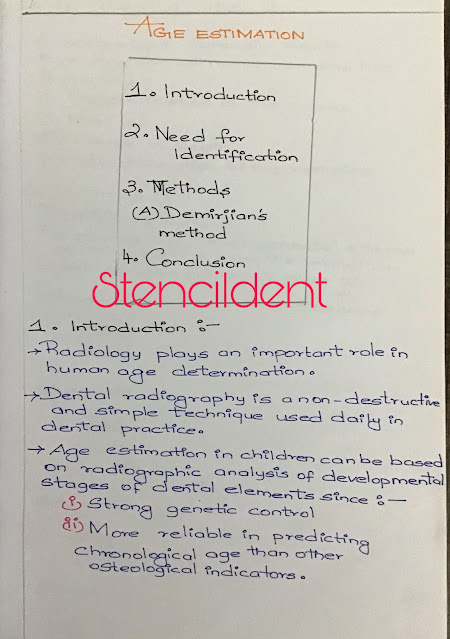NECROSIS -pathology notes

NECROSIS DEFINITION: Its defined as the morphological changes taking place in a tissue after cell death due to degradative action f enzymes on irreversibly injured cell. TYPES OF NECROIS : A)CASEOUS NECROSIS B)LIQUEFACTIVE NECROSIS C)COAGULATIVE NECROSIS D)FIBRINIOD NECROSIS E)FAT NECROSIS F)GANGEROUS NECROSIS CYTOPLASMIC CHANGES : Increased eosinophilia of cytoplasm Vacuolation and moth eaten appearance of cytoplasm Calcification of cell membrane and intracellular structures Formation of myelin figures NUCLEAR CHANGES : KARYOLYSIS : Fading of basophilia of nucleus PYKNOSIS: Nuclear shrinkage due to condensation of chromatin KARYORRHEXIS -Nuclear fragmentation A)CASESOUS NECROSIS : Its seen in tuberculosis and occurs due to both enzymatic degradation of tissue and denaturation of cellular proteins The tissue architecture is lost and replaced by soft ,creamy cheese like material Microscopically ,there is amorphous granular debris seen Examples : tuberculosis lymph node ,tube





